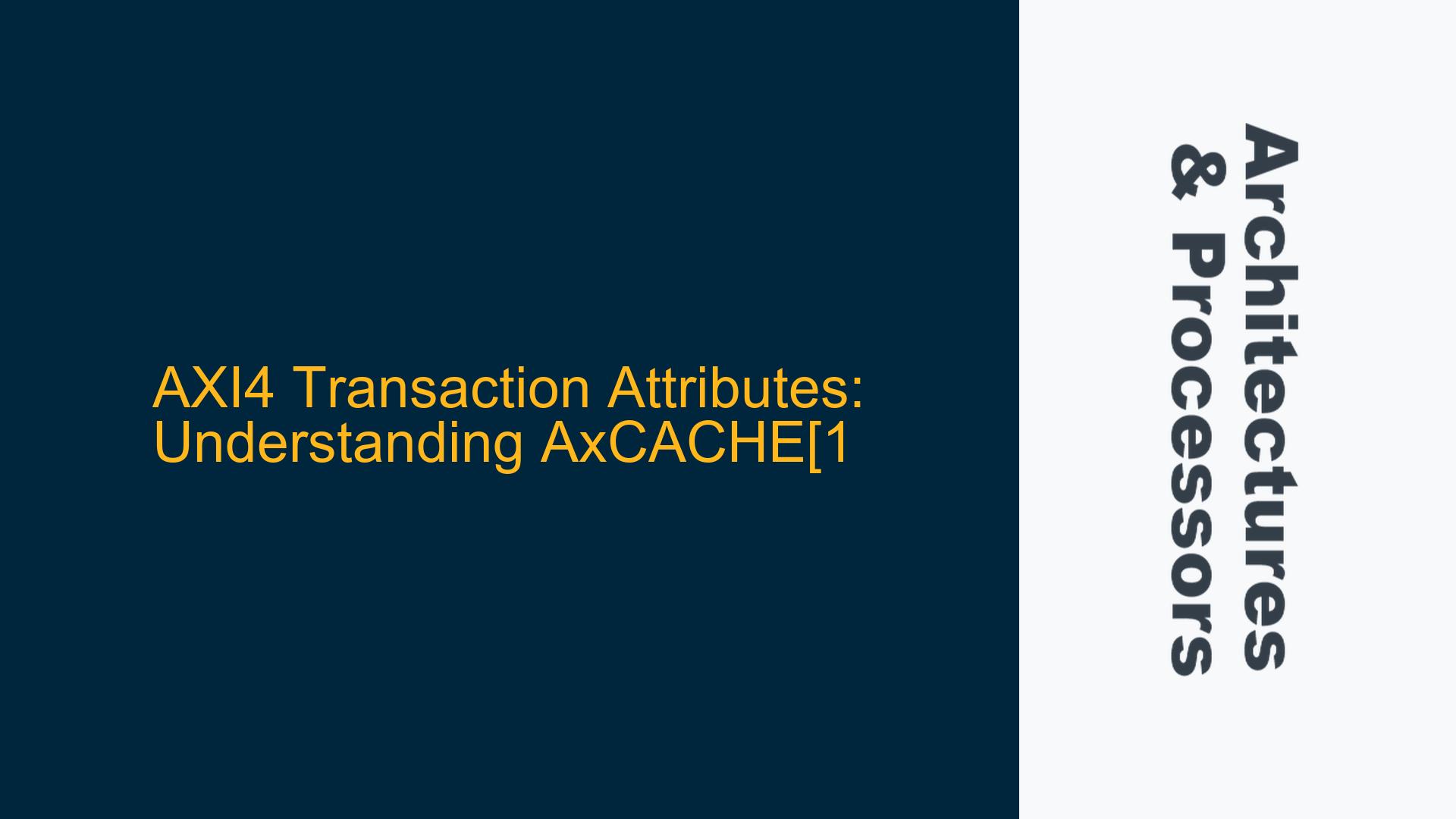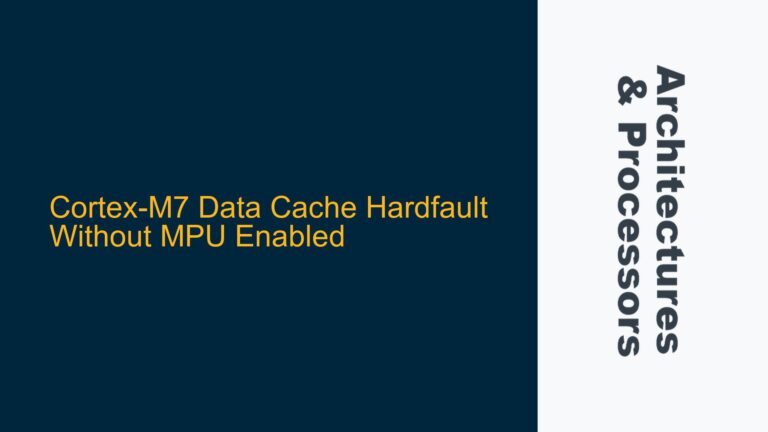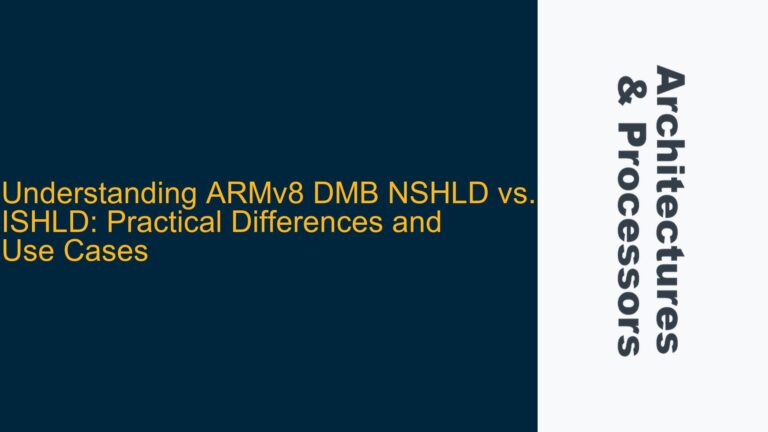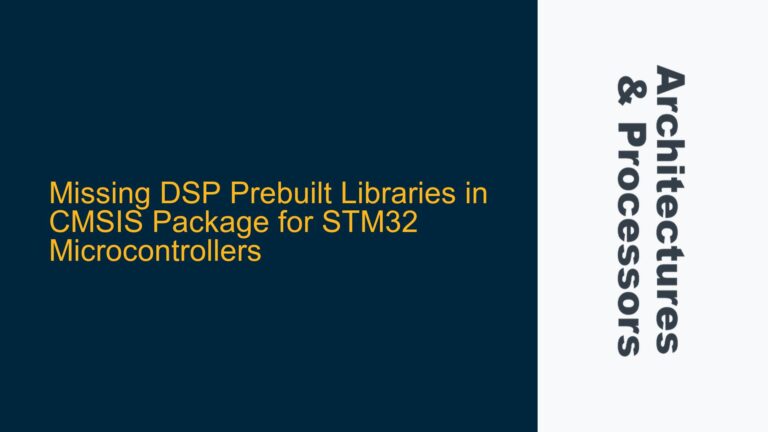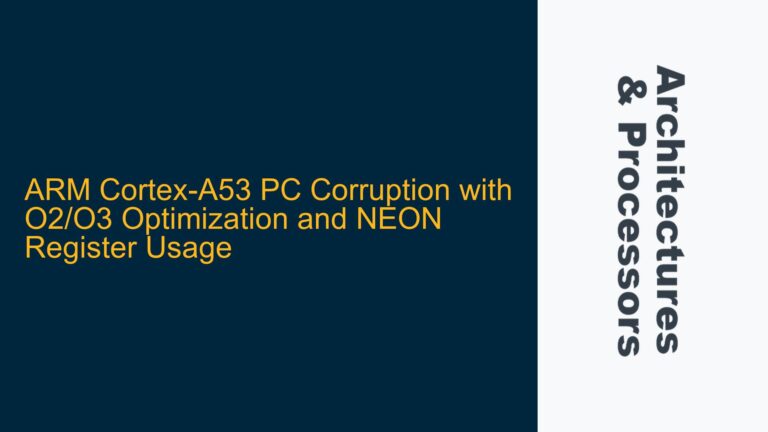AxCACHE[1] Bit Behavior in Write and Read Transactions
The AxCACHE[1] bit in the AXI4 protocol is a critical attribute that governs how transactions are handled in terms of merging, prefetching, and reusing data. Specifically, when AxCACHE[1] is asserted, it indicates that the transaction is cacheable, which has distinct implications for write and read operations. For write transactions, the assertion of AxCACHE[1] allows multiple write operations to be merged into a single transaction. This merging capability is particularly useful in scenarios where multiple write requests target contiguous or overlapping memory locations. By merging these writes, the system can reduce the number of transactions on the bus, thereby improving bandwidth utilization and reducing latency.
For read transactions, the assertion of AxCACHE[1] enables prefetching of data. Prefetching allows the system to anticipate future read requests and fetch data from memory before it is explicitly requested. This can significantly reduce read latency, especially in applications where data access patterns are predictable. Additionally, the AxCACHE[1] bit allows the reuse of data fetched from a single memory location across multiple read transactions. This reuse capability is beneficial in scenarios where the same data is required by multiple components or processes, as it eliminates the need for redundant memory fetches.
The AxCACHE[1] bit is part of the AxCACHE signal, which is a 4-bit field in the AXI4 protocol. The AxCACHE signal is used to specify the cacheability, bufferability, and other attributes of a transaction. The AxCACHE[1] bit specifically controls the cacheable attribute, while the other bits in the AxCACHE signal control attributes such as bufferability, write-through/write-back behavior, and allocation policy. Understanding the behavior of the AxCACHE[1] bit is essential for optimizing the performance of AXI4-based systems, particularly in applications where cacheability and data reuse are critical.
Memory System Implications of AxCACHE[1] Assertion
The assertion of the AxCACHE[1] bit has significant implications for the memory system, particularly in terms of how data is managed and accessed. When AxCACHE[1] is asserted for write transactions, the memory system must be capable of handling merged write operations. This requires the memory controller to have the ability to detect and merge multiple write requests that target contiguous or overlapping memory locations. The memory controller must also ensure that the merged write operation is executed atomically, meaning that the entire merged write must be completed without interruption to maintain data consistency.
For read transactions, the assertion of AxCACHE[1] requires the memory system to support prefetching and data reuse. Prefetching involves predicting future read requests and fetching data from memory in advance. This requires the memory controller to have a prefetching mechanism that can accurately predict access patterns and fetch data accordingly. Data reuse, on the other hand, requires the memory system to have a mechanism for storing and managing fetched data so that it can be reused across multiple read transactions. This typically involves the use of caches or buffers that can store fetched data and provide it to subsequent read requests without requiring additional memory accesses.
The memory system must also handle the coherency implications of AxCACHE[1] assertion. When data is cached or reused, it is essential to ensure that the cached data remains consistent with the data in main memory. This requires the memory system to implement coherency mechanisms that can detect and resolve conflicts between cached data and main memory. These mechanisms may include cache invalidation, write-back policies, and memory barriers to ensure that all components in the system have a consistent view of the data.
Implementing Cacheable Transactions with AxCACHE[1]
Implementing cacheable transactions with the AxCACHE[1] bit requires careful consideration of both the hardware and software aspects of the system. On the hardware side, the memory controller must be designed to support the merging of write transactions and the prefetching and reuse of data for read transactions. This involves implementing logic that can detect and merge write requests, as well as mechanisms for prefetching and managing cached data. The memory controller must also implement coherency mechanisms to ensure that cached data remains consistent with main memory.
On the software side, the system must be configured to take advantage of the cacheable attributes provided by the AxCACHE[1] bit. This involves setting the appropriate values for the AxCACHE signal in the AXI4 transaction descriptors. The software must also be aware of the cacheability of different memory regions and configure the memory system accordingly. For example, memory regions that are frequently accessed and have predictable access patterns should be marked as cacheable to take advantage of prefetching and data reuse.
In addition to hardware and software considerations, the implementation of cacheable transactions with AxCACHE[1] requires thorough verification to ensure that the system behaves as expected. This involves simulating various scenarios, including merged write transactions, prefetching, and data reuse, to verify that the memory system handles these operations correctly. Verification should also include testing the coherency mechanisms to ensure that cached data remains consistent with main memory. This may involve using advanced verification methodologies such as Universal Verification Methodology (UVM) to create testbenches that can simulate complex scenarios and corner cases.
In conclusion, the AxCACHE[1] bit in the AXI4 protocol plays a crucial role in optimizing the performance of memory transactions by enabling the merging of write operations and the prefetching and reuse of data for read operations. Understanding the behavior and implications of the AxCACHE[1] bit is essential for designing and verifying AXI4-based systems that require efficient memory access and data management. By carefully implementing and verifying cacheable transactions, designers can achieve significant performance improvements in their systems.
